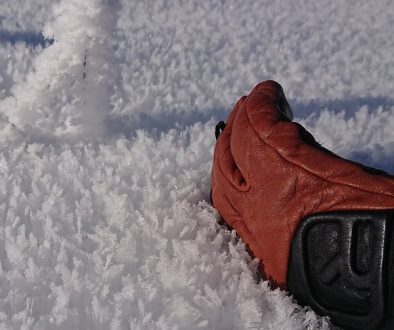Snow pit procedures
Snow pit
A snow profile is a snapshot from within the snowpack. In situations with persistent weak layers or when signs of instability are absent, a snow pit can provide the clues we’re lacking to assess snow instability, and hence support decision making.
This short video recalls the standard procedures:
- finding a safe and represetative location
- recording snowpack layering
- testing snow instability
To eventually assess snow instability we need to combine the test results with the snowpack layering, i.e. find the weak layer that failed in the profile.
Snowpack layering
The snowpack layering is unfavorable, if …
- well-bonded layers sit on top of
- softer layers with large grains that are buried no deeper than 1 m in the snowpack.

Stability tests
Stability test results are unfavorable, if …
- clean fractures cross the test column
- during the first loading steps.
The short video explains the standard procedures and the interpretation of the test results.
Single stability test results correctly predict slope stability, so stability at the next larger scale, in only 60 – 80 % of the cases. For a better guess, we need to combine snow profile data with the test results.
Only the process-based thinking may allow for extrapolation. Knowing the origin of the problem, e.g. the weak layer type, we may tell how it formed and where the problem is present in the terrain.


